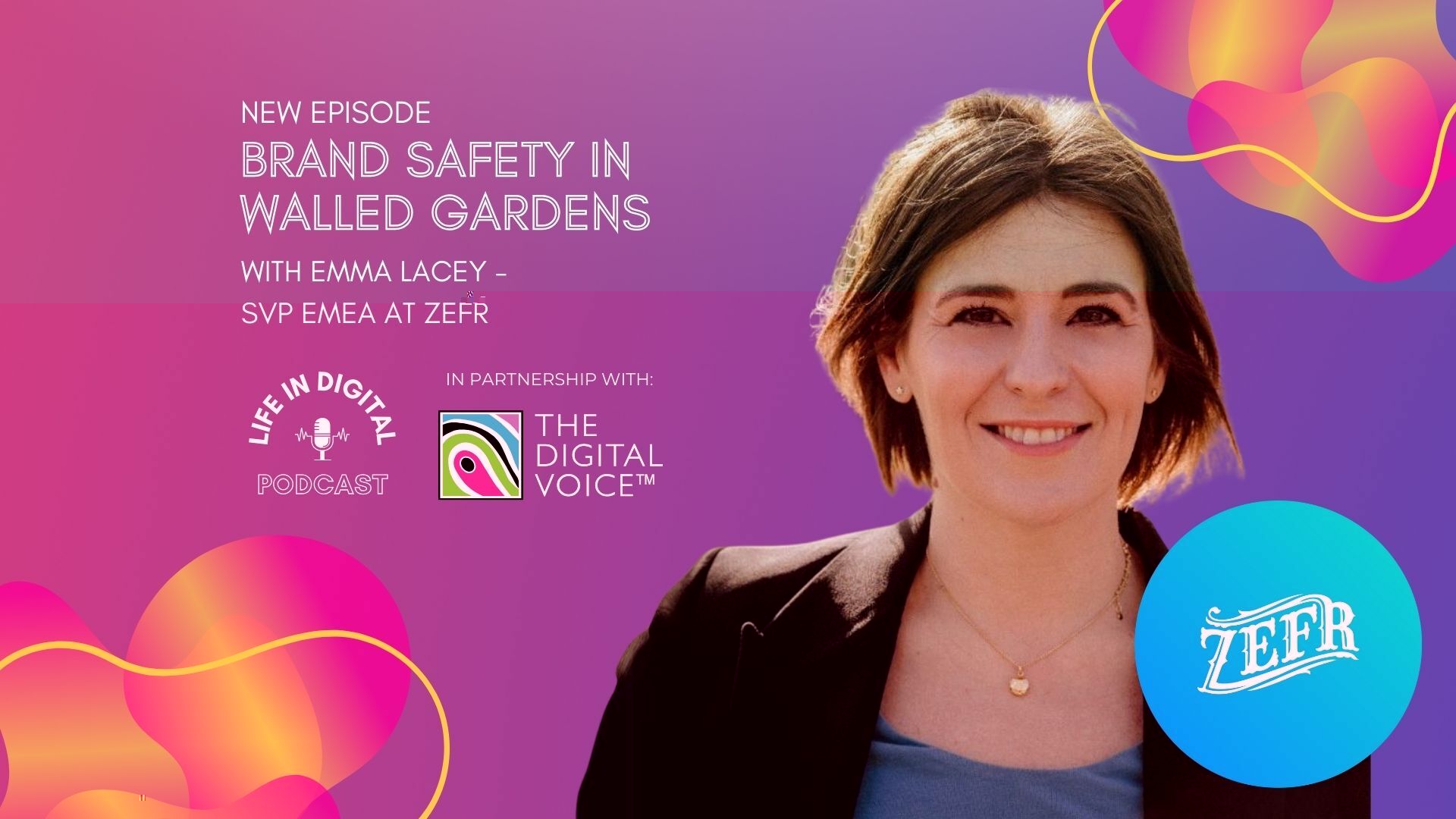Advertising that Sticks: Balancing Short-Term ROI with Long-Term Creativity in Performance Marketing
03 Feb, 20235 MinutesWhen it comes to memorable advertising campaigns, there are always a few that come to mind. ...

When it comes to memorable advertising campaigns, there are always a few that come to mind. Whether it's a vivid image or a catchy slogan, these marketing campaigns have the power to transport us back in time and leave a lasting impression. However, in today's fast-paced and highly competitive marketplace, the pressure to maximize return on investment (ROI) has put creativity at risk, particularly within performance marketing.
Marketing teams are facing the challenge of creating engaging, relevant, and context-driven campaigns that reach consumers across multiple platforms and canvases. The finance team and stakeholders want to see tangible results from their investment, and this can alter the goals and outcomes of a marketing campaign.
Creativity can be the key to success in online advertising. Brands that get the creative and context right will have the best chance of standing out and capturing the attention of consumers. However, the challenge for performance marketing teams is convincing the rest of the business, particularly the finance team, of the value of long-term brand building campaigns.
The past year has been challenging for many businesses, with uncertainties around budgets and the impact of the pandemic and the cost-of-living crisis on sales and growth. It's understandable that many businesses have shifted their focus to short-term campaigns to protect their revenues. However, this approach can make it difficult to build a long-term communication strategy and achieve the desired results.

The best way to demonstrate the value of long-term brand building campaigns is by measuring the right metrics. Gone are the days of relying on metrics like clickthrough rates. Instead, marketers should focus on measuring the things that matter, like attention and brand uplift. This will help convince the finance team of the value of investing in campaigns over a longer period and committing to great creativity to build the brand.
“When the brand and performance marketing disciplines combine, the effect can be exponential.”
Jordan James, Unlockd Marketing
By leveraging data and technology, DTC and performance marketers are able to track and measure metrics that truly matter, such as customer lifetime value, customer acquisition costs, and return on ad spend. This allows marketers to demonstrate the financial value of their campaigns and secure continued investment from finance teams.
“Traditionally, it has been hard to measure the more subtle cumulative long-term effects of campaigns but… 60% of ROI is achieved over the long term.”
CampaignLive
One of the key benefits of DTC and performance marketing is the ability to track customer behavior from the first touchpoint all the way through to purchase. This allows marketers to gain a deeper understanding of the customer journey, including which channels drive the most engagement and conversion. This information can then be used to optimize campaigns for maximum impact and ROI, helping to secure continued investment in marketing.
By leveraging data and technology, DTC and performance marketers are able to track and measure metrics that truly matter, such as customer lifetime value, customer acquisition costs, and return on ad spend. This allows marketers to demonstrate the financial value of their campaigns and secure continued investment from finance teams.
But creativity and brand building should be ignored: “It’s all very nascent but it is happening. Performance marketers are increasingly seeing the value of brand marketing,” Tom Roach, vice president of brand planning at digital consultancy Jellyfish.
Airbnb and eBay's recent success in branding highlights the importance of focusing on customer experience and full-funnel marketing. This shift away from solely relying on data and measurements has been well-received by creatives frustrated with the marketing industry's obsession with metrics.
However, it's important to note that not every brand has the luxury of such a strong brand identity, as Airbnb and eBay's branding successes come with the benefit of being widely recognized and frequently used verbs in everyday language.
Performance marketing may not always be enough and a balanced approach that combines branding, creativity and performance can result in better outcomes: both should complement each other.
The increase in Direct-to-Consumer (DTC) brands has put even more pressure on businesses to create impactful marketing campaigns that reach consumers directly and build long-lasting relationships. With more and more consumers shopping online, DTC brands need to invest in creative performance campaigns that stand out and connect with their target audience.
We are seeing the lingering effects of the pandemic when online grocery shopping became a necessity rather than a luxury and our attention fell on TikTok, podcasts and mobile gaming to pass the time and recreate the communities they missed in the offline world.
DTC brands have been able to reach consumers directly, but as we returned to ‘normality’, many face the challenge of building a brand from scratch and standing out in a crowded marketplace. Investing in long-term brand building campaigns can help brands to establish their brand, build awareness, and create a loyal customer base.
Finding the right balance between brand building and performance marketing will be key to thriving in the years ahead.
“Solely employing a performance strategy will only get you so far,” says Jim Hawker, founder at Threepipe Reply. “Brand investment is key to improving performance metrics.”

Measuring the success of performance marketing campaigns can be tricky. While it's easy to measure the number of sales and conversions, it's more difficult to measure the impact on brand awareness and customer loyalty. Marketers need to find a way to measure the right metrics and demonstrate the value of their campaigns to the finance team.
We are going to see more businesses chasing creativity and bringing together technology to achieve this; innovative creative formats, such as interactive video, 360-degree ads, or augmented reality are helping to create a more dynamic approach to creative where marketers can capture the attention of consumers and build a more memorable brand experience.
Short-term brand campaigns will always have a place, but as businesses recover, the focus should shift toward the long-term. Convincing decision makers of the value of longer campaigns may be difficult, but with the right measurement and creativity at the core, brand exposure and engagement will grow.




